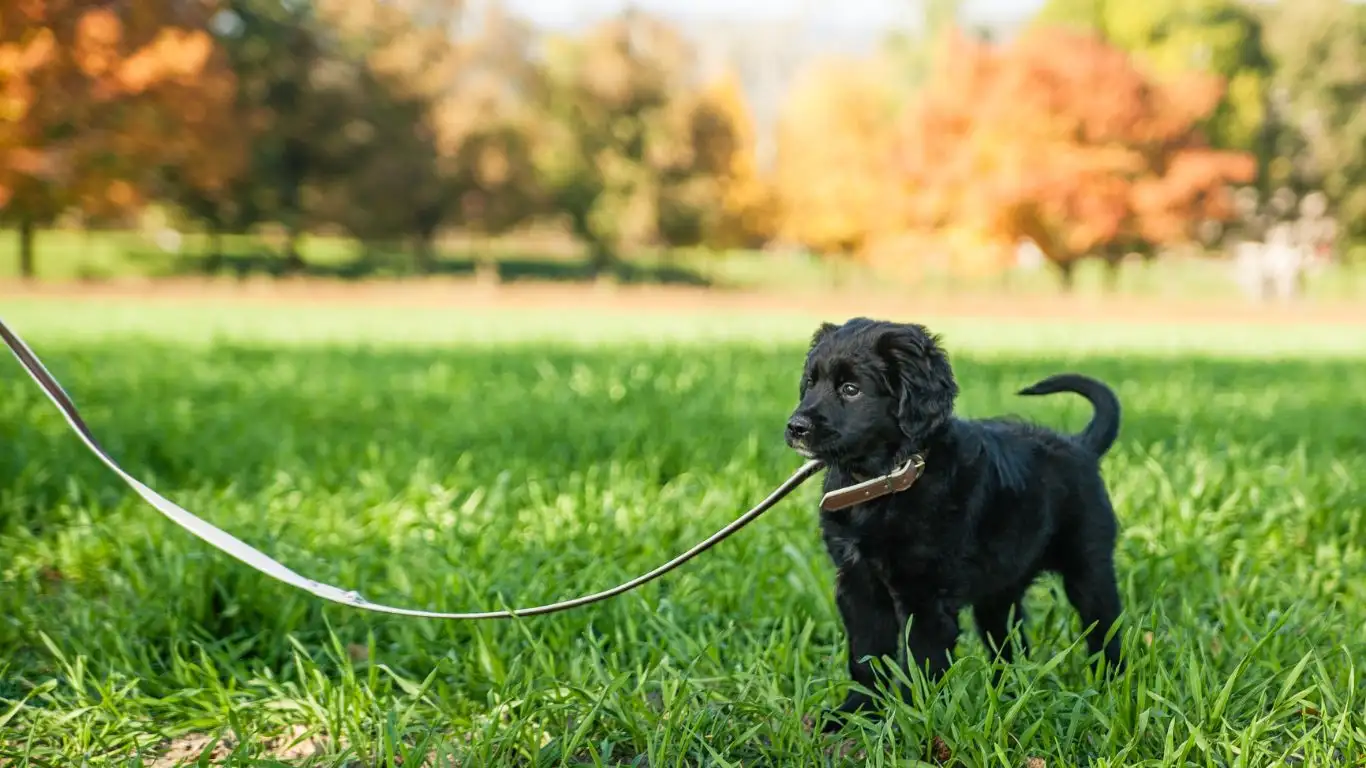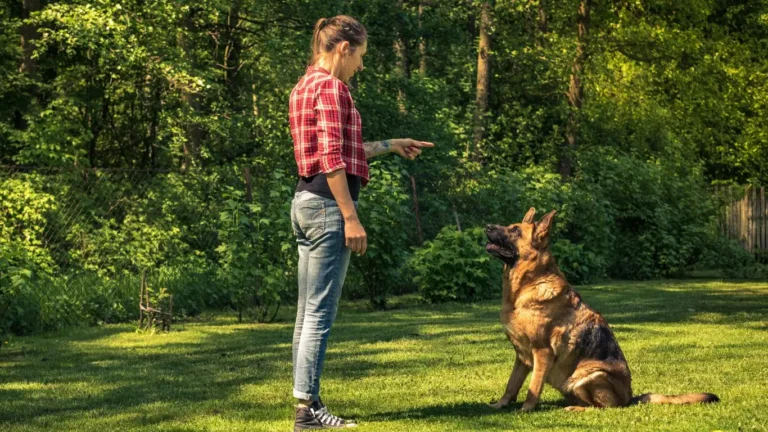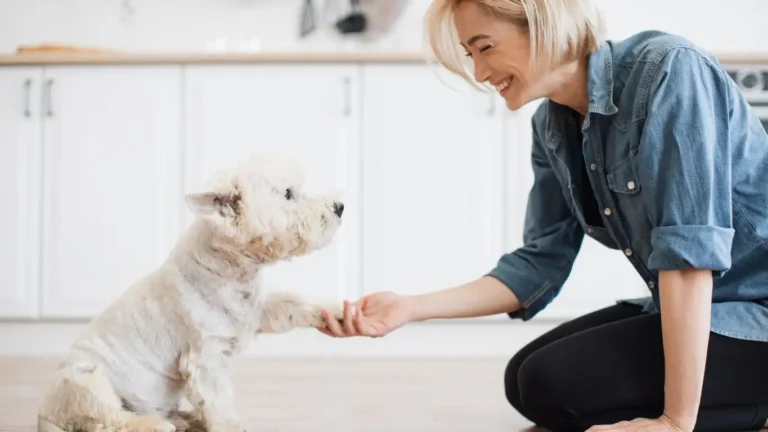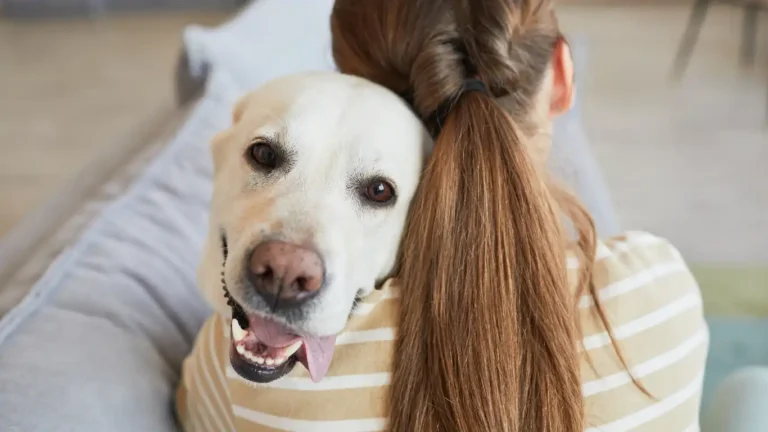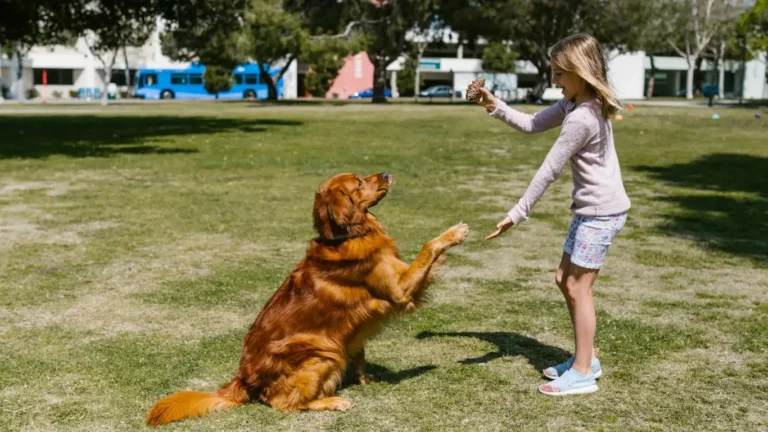Master How to Train a Dog to Stay Seated While Being Leashed Today
Training your pup to sit still while being leashed can feel like trying to untangle a pair of earbuds with one hand and a cup of coffee in the other. Trust me—I’ve been there more times than I can count. If you’re wondering how to train a dog to stay seated while being leashed, you’re not alone, and you’re definitely not the first to feel like your dog has suddenly transformed into a wriggling noodle the second they see that leash. The good news? With the right approach (and a little patience), it’s absolutely doable. I’ve helped countless dog owners through this exact issue in my years working as a Canine-Assisted Therapy Trainer, and today, I’ll walk you through the first steps I swear by.
Why Dogs Struggle With Sitting Still During Leashing
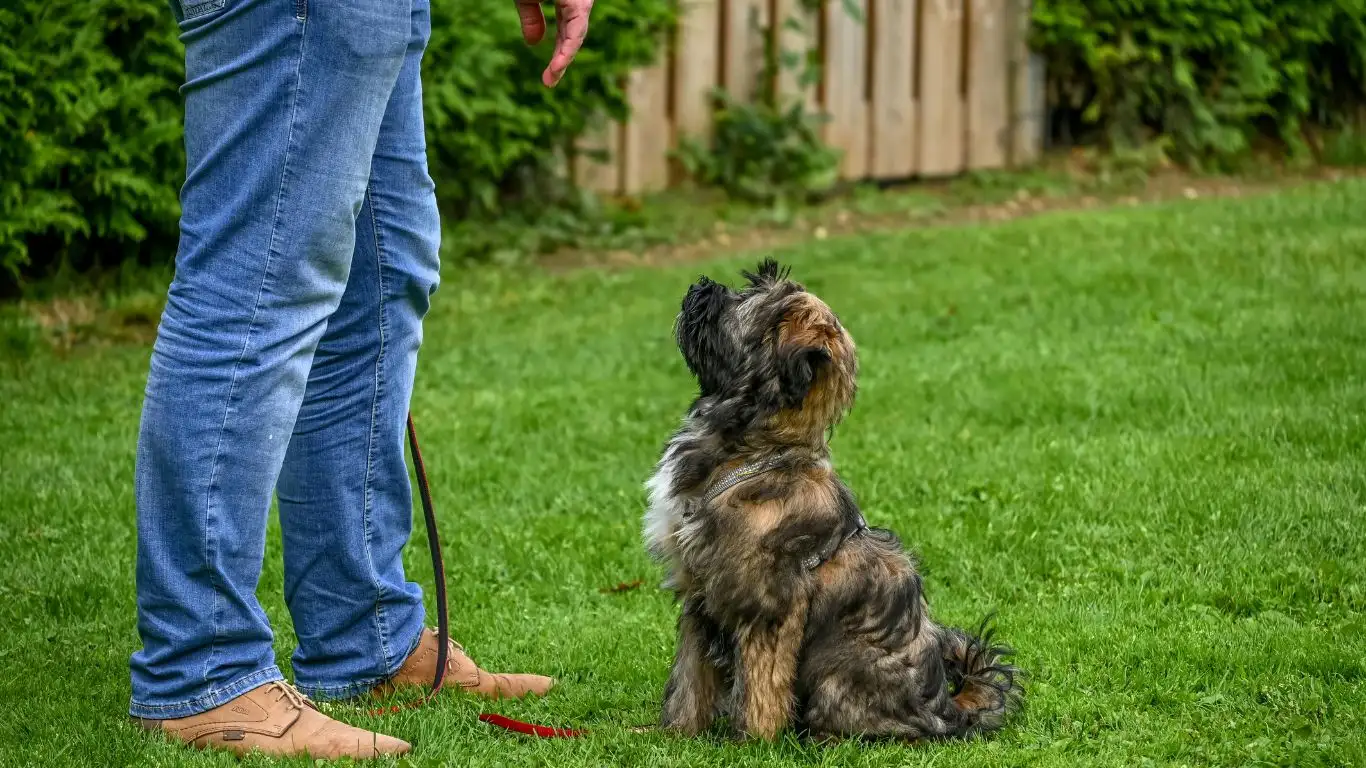
This part can be a bit of a head-scratcher if you’re new to training. You tell your dog to sit—they sit—but the moment you move toward them with the leash, it’s like someone hit the fast-forward button. The jumping, the dancing, the spinning in circles—it’s a whole production.
So why does this happen?
- Excitement: Your dog probably associates the leash with something awesome, like going for a walk, car ride, or park trip.
- Anxiety: Some dogs get nervous during transitions, especially if past leash sessions involved tugging or corrections.
- Lack of impulse control: Sitting still and waiting is hard work when you’re a doggo bursting with energy.
I’ve worked with everything from tiny terriers to hundred-pound lab mixes, and this behavior shows up in all breeds and ages. But the trick is learning to slow things down—training your dog that calm behavior = forward motion.
Start With a Calm Mindset (Yours and Theirs)

Before we even get to the leash part, it starts with energy—your energy. If you’re rushing, frustrated, or giving off chaotic vibes, your dog will mirror that. I always recommend taking a deep breath first. Literally. Dogs can read our body language and energy like a book, and your calm presence sets the tone.
Set the Scene
Choose a quiet, low-distraction space inside your home to begin. Avoid noisy backgrounds or other pets milling around. You want this training to feel clear, focused, and successful right from the get-go.
- Grab a handful of soft, high-value treats (think boiled chicken, string cheese, or something your dog loses their mind over).
- Have the leash nearby, but out of sight for now.
- Put your dog in a sit position using your normal cue.
Now comes the first “secret sauce” move I teach every client…
How to Train a Dog to Stay Seated While Being Leashed: The Small Steps Method
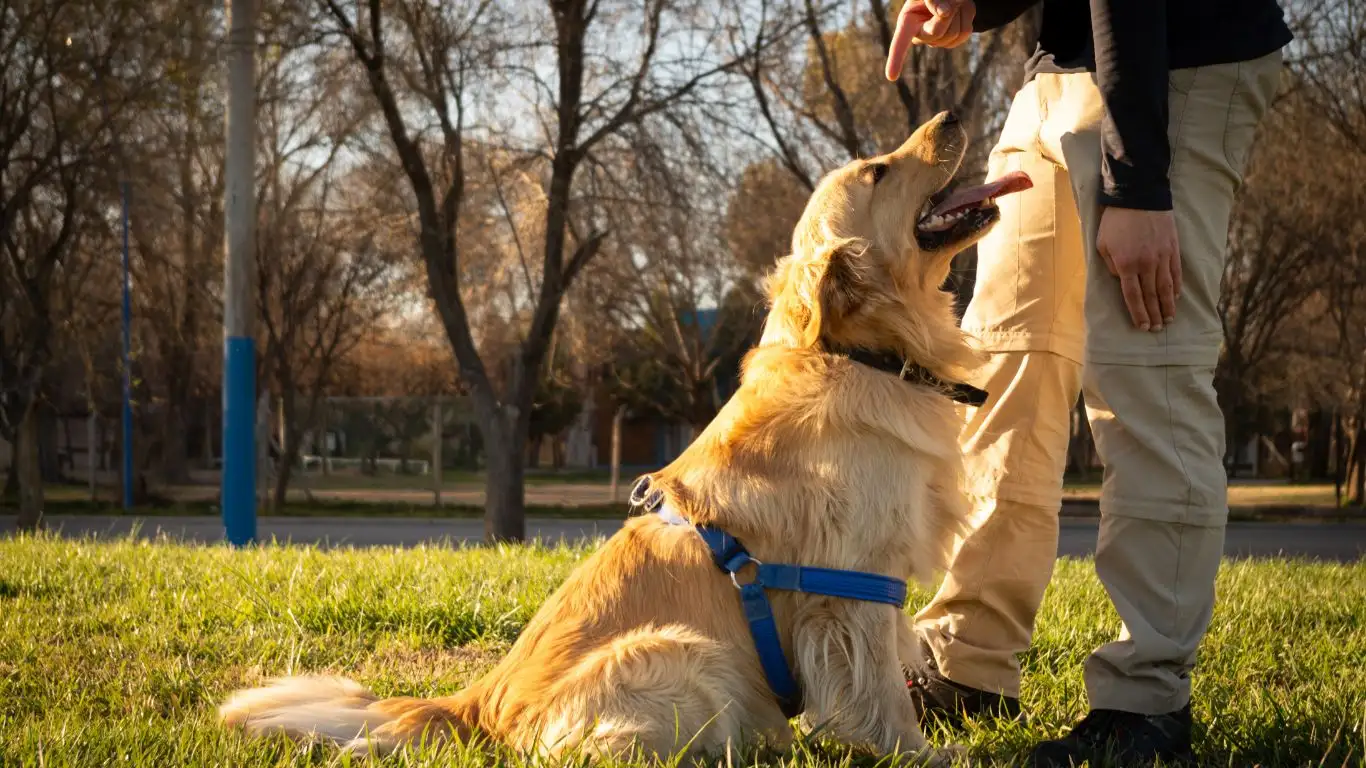
This is where you’ll want to slow everything waaaaay down. We’re going to break down leashing into bite-sized, dog-friendly steps. I call this the Small Steps Method, and it works wonders, especially for hyper or anxious pups.
Step-by-Step Process
- Step 1: Ask for a sit. Once your dog is seated, count silently to three. If they stay seated, say “Yes!” (or use your marker word) and reward them.
- Step 2: Reach for the leash slowly. If your dog stands up, pause, say “Oops!” gently, and reset by asking for a sit again. If they stay sitting while you reach, mark and reward.
- Step 3: Show the leash. Don’t clip it on just yet. Just hold it in front of them for a few seconds. Praise and treat for calm sitting behavior.
- Step 4: Touch their collar. Again, treat for staying seated. If they pop up, no biggie—just calmly reset.
- Step 5: Clip the leash on. This is the moment they’ve been waiting for, so stay calm, slow, and reward generously if they remain seated through the clip.
Each of these steps should be practiced over a few sessions, not all at once. One of the biggest mistakes I see is rushing the leash on too quickly. Dogs need time to understand that staying seated makes good things happen.
Real Life Note from Tarra
I remember working with a Golden Retriever named Max who would leap into the air like a dolphin the second he saw the leash. It took about a week of 5-minute sessions each day using this exact approach, but by the end of it, Max was calmly sitting and waiting like a pro. His owners were amazed—and honestly, so was Max. He had this look on his face like, “Wait… I just chill and get treats? I can do that.”
That’s the beauty of this kind of training. It’s not about dominance or force—it’s about teaching dogs what works. And staying seated? That’s gold in doggy currency.
Building Duration: Helping Your Dog Hold That Sit Longer
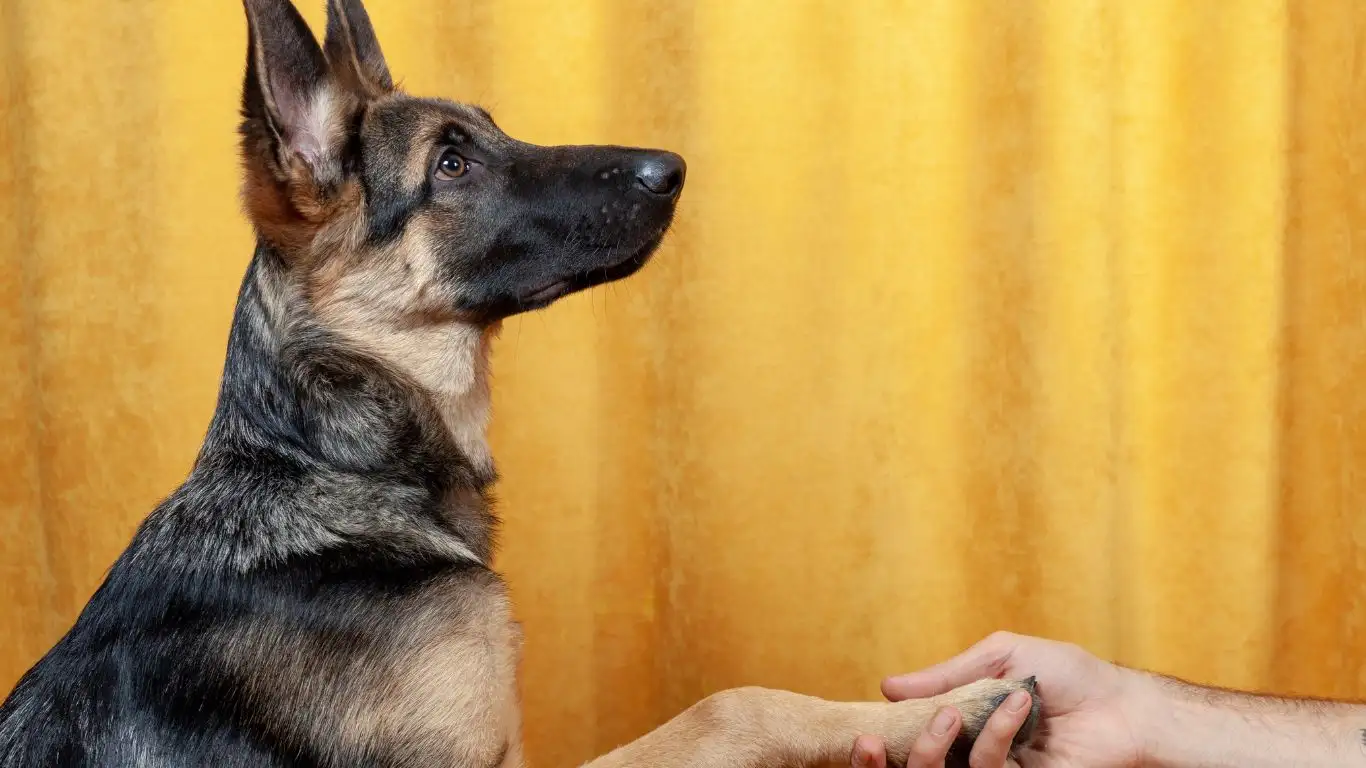
Okay, so you’ve got your dog to sit still long enough to get the leash clipped on—huge win! But what now? For many pups, the moment the clip clicks, it’s go-time. They spring up like they’ve just won the lottery. That’s where we shift gears into teaching duration—how to hold that sit, even after the leash is on.
This next phase is just as important if you’re serious about mastering how to train a dog to stay seated while being leashed. A lot of folks get stuck here and assume their dog’s being disobedient. Truth is, they just haven’t practiced this piece yet. Let’s break it down.
Adding Time Slowly
- Once the leash is clipped, ask your dog to “wait” or just keep them in the sit with a calm, steady hand signal.
- Count to three… then five… then ten seconds over multiple sessions. Reward your dog every time they stay seated until released.
- Use a release cue like “Okay!” or “Free!” once the wait is over. That release word becomes a powerful signal that teaches patience and self-control.
Consistency is key here. Don’t be surprised if your dog tries to jump the gun. That’s totally normal. Just reset without scolding—go back a step, and praise when they get it right.
With a little repetition, they’ll start to realize, “Ohhh… if I just chill for a few seconds, I still get to go on the walk.” Boom—mission accomplished.
Practice Makes Better (Not Perfect… and That’s Okay)

This is the part a lot of new dog parents don’t want to hear—but it’s the honest truth: perfect behavior doesn’t happen overnight. And honestly, it shouldn’t. Training is a process, and like I tell my clients all the time, “We’re not raising robots—we’re raising dogs.”
Short, Frequent Sessions
Instead of marathon training blocks that leave both of you exhausted, aim for short bursts—just 5-10 minutes, two or three times a day. Trust me, that’s where the magic happens.
- Keep sessions upbeat and fun. If either of you is feeling cranky, take a break.
- Use your dog’s meal portions as reward opportunities—it’s a great way to build value without overfeeding.
- End on a win. Even if progress is tiny, celebrating a successful sit builds momentum.
I once had a little Boston Terrier named Luna who couldn’t sit still if her life depended on it. But with three mini-sessions a day, she went from total chaos to calm cool cucumber in just under two weeks. Her owner said, “I didn’t believe you when you said short training works, but wow—I get it now.”
What To Do When Your Dog Just Won’t Sit
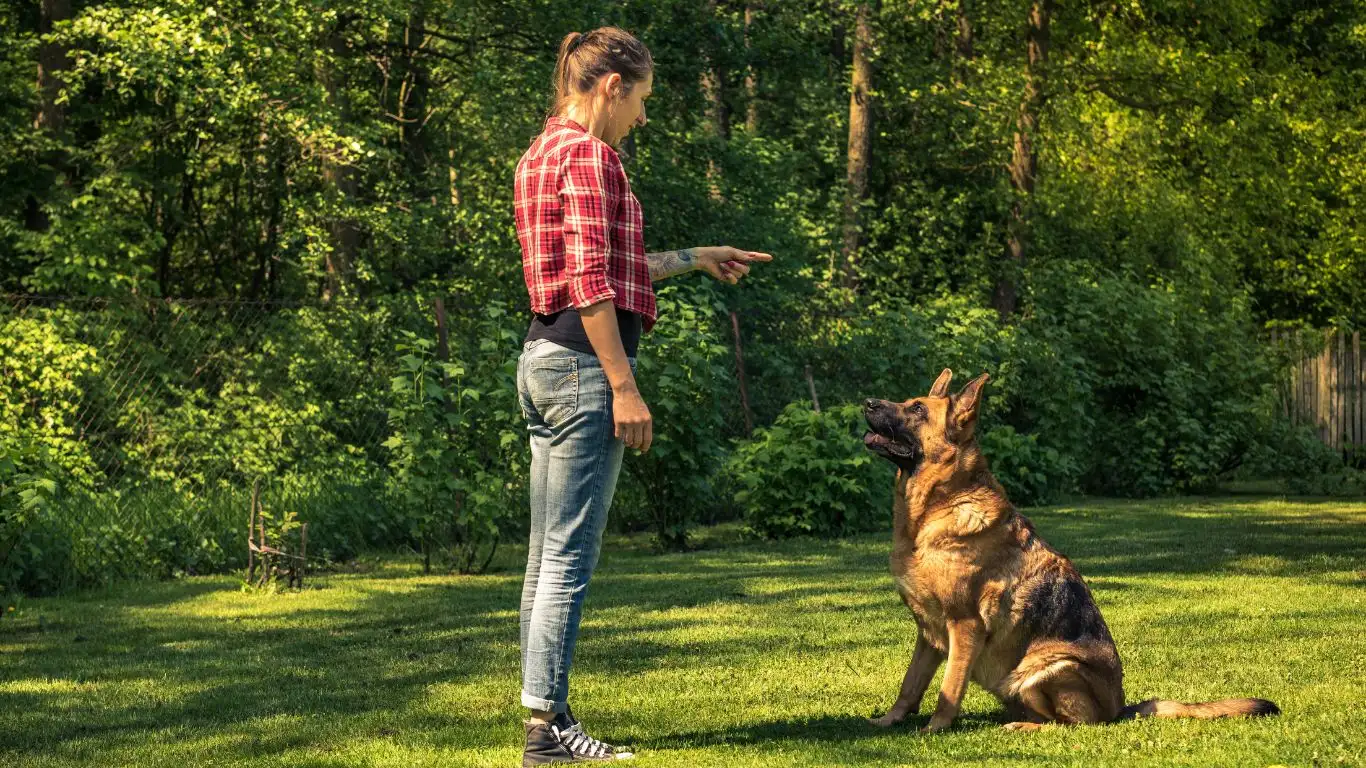
Let’s be real—not every session is going to be smooth. Your dog might have an off day, get overly distracted, or just flat-out refuse to sit. That’s okay. Dogs aren’t stubborn—they’re just trying to communicate in their own way. If you hit a wall, it’s time to troubleshoot.
Common Issues and Fixes
- Too much excitement? Try giving your pup a few minutes to calm down before starting. Let them burn a little energy in the backyard first.
- Not food-motivated? Up the treat value. Use something extra delicious, like small bits of hot dog or freeze-dried liver.
- Too many distractions? Go back to a quiet indoor space until your dog’s skills are stronger.
- Sore or uncomfortable? Make sure sitting isn’t physically difficult. Older dogs or certain breeds may struggle with hard floors or joint pain.
One client of mine had a senior rescue named Toby who simply wouldn’t sit indoors. Turns out, he had arthritis in his back legs. We switched to a standing “wait” cue instead, and it worked beautifully. The goal here isn’t perfection—it’s teamwork.
Leveling Up: Adding Movement Without Losing the Sit
Once your dog is nailing that sit-stay combo while being leashed in a calm environment, it’s time to step things up. Real-life situations aren’t always predictable, so we want to build flexibility into the behavior.
Try These Progressions:
- Walk around your dog while they sit. Reward them for staying put. This teaches focus even when you’re moving.
- Pick up the leash, then put it down. Keep the sit going through all that motion.
- Clip the leash, step back, then return. This adds the concept of distance, which builds even more impulse control.
Remember, every dog learns at their own pace. Some breeze through these steps, others need a little more time—and that’s perfectly fine. It’s not a race. What matters is that you and your dog are working together, building trust and communication.
And honestly, some of my favorite training memories come from these moments—the silly fails, the accidental successes, the breakthroughs that happen when you least expect them. One time, I was showing this exact exercise to a client’s teenage daughter, and her dog plopped into a perfect sit before she even gave the cue. We just stood there laughing. That’s the joy of it.
Taking It Outside: Applying Stay-Sit Leashing in Real Life
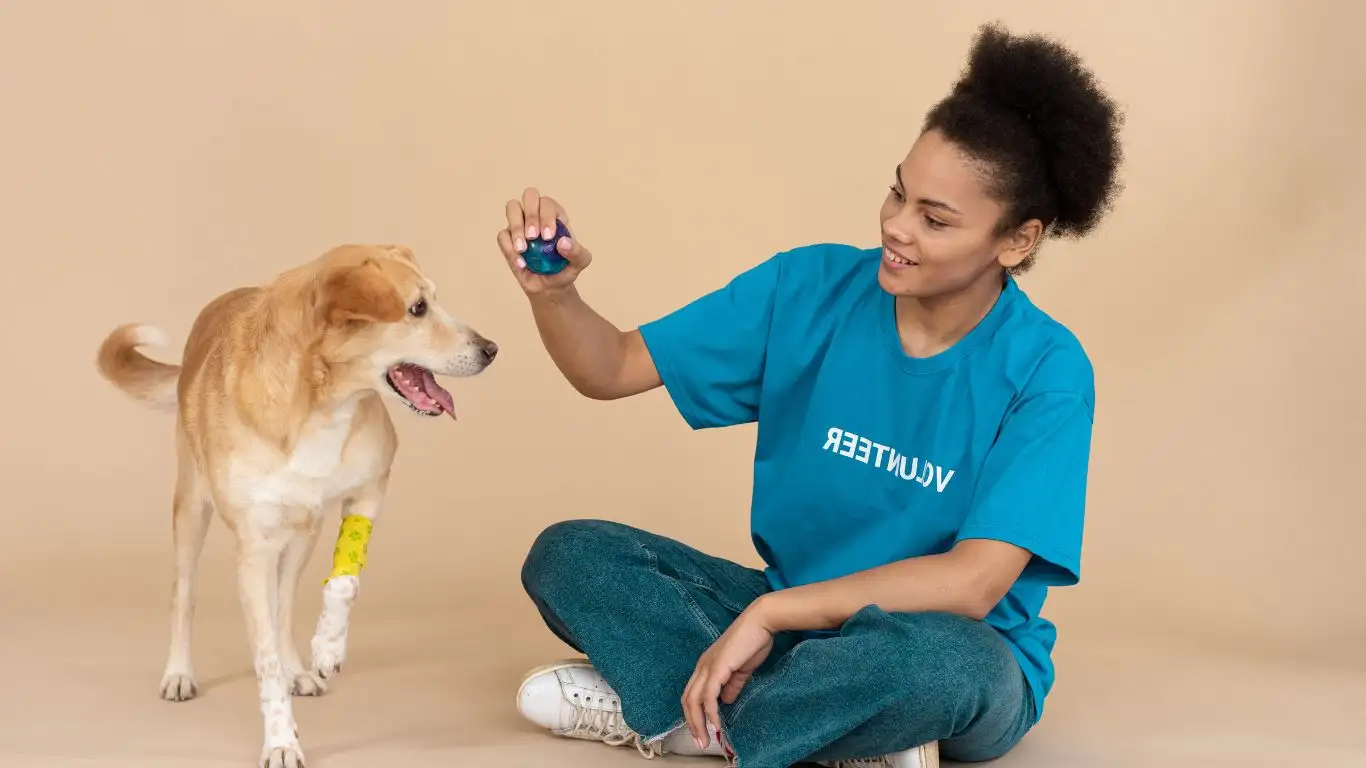
Once your dog’s got the hang of sitting and staying for the leash indoors, it’s time to step outside. This is where the real test begins. Outside, there are birds, squirrels, new smells, the neighbor’s cat, and probably a few distractions you didn’t even know existed. So, be ready for a little backtracking at first—that’s totally normal.
One thing I always tell clients: don’t expect your dog to generalize the skill right away. Just because they nailed the sit-stay in your living room doesn’t mean they’ll do it on the porch. In their mind, that’s a totally new scenario. Think of it as starting fresh, just with a more prepared student.
Tips for Outdoor Success
- Start right outside your door. Before heading on a full walk, practice sitting and leashing in the front yard or driveway.
- Keep the environment controlled. Try to avoid the afternoon rush or school let-out times. Too much stimulation can overwhelm a young learner.
- Use high-value rewards. You’ll need more motivation outside, where everything else is competing for your dog’s attention.
I remember working with a Boxer named Bella who aced indoor leash-ups like a pro. The first time we tried it outside, she spun in circles like a top. We had to go back to square one—slow leash movements, tons of praise, and a mountain of cheese cubes. Within a week, she was sitting at the front door, leash clipped on, tail wagging… but still seated.
Maintaining the Behavior Over Time

Here’s something folks often forget: dog training isn’t a “set it and forget it” deal. Behaviors fade if they aren’t reinforced. Think of it like going to the gym—if you stop practicing, the muscles weaken.
Simple Ways to Keep It Fresh
- Every few days, go back to basic leash-up practice inside the house, even if your dog’s doing great outside.
- Occasionally add a curveball, like having a friend or family member clip the leash instead of you. This builds flexibility.
- Keep up with rewards. You don’t need to treat every single time forever, but tossing a surprise snack here and there keeps your dog invested.
And hey, even I need reminders. My own dog, Poppy, got a little lazy with her sits last summer. We’d been doing more off-leash hikes, and I realized I hadn’t practiced her leashing routine in weeks. Sure enough, the next time I reached for the leash, she bounced up like it was a game. We did a quick refresh over a couple of days, and just like that, she was back in the zone.
Adapting the Technique for Special Needs Dogs
Not every dog learns the same way—and some face extra challenges. Whether you’ve got a deaf pup, a senior with joint issues, or a rescue who’s still learning to trust, the core of this training remains the same: slow down, make it rewarding, and meet them where they are.
Modifications That Work
- For deaf dogs: Use hand signals and light touches to cue the sit. Flashing a thumbs-up can be your “Yes!” marker.
- For anxious dogs: Keep sessions ultra short and in familiar spots. Let them sniff the leash and feel safe first.
- For seniors: If sitting is painful, train a calm stand or a “wait” near your feet while you clip the leash.
I worked with an older husky named Juno who couldn’t sit for long due to hip dysplasia. Her owner and I used a yoga mat near the door, taught her to stand still on it, and boom—that became her cue. She’d walk to the mat, stand like a statue, and wait for her leash. It was a proud moment for all of us.
Quick Recap: The Core Steps to Success
Let’s zoom out and hit the highlights. If you’re still figuring out how to train a dog to stay seated while being leashed, here’s your go-to roadmap:
- Start indoors in a quiet space with minimal distractions.
- Break the leash process into small, manageable steps.
- Reward calm behavior consistently.
- Add duration and movement slowly, at your dog’s pace.
- Transition to outdoor practice once the basics are strong.
- Adapt based on your dog’s individual needs, age, and health.
Each dog is different, and your bond is what makes this process special. Celebrate the little wins—they’re what keep both of you motivated. Every calm sit, every clipped leash, every wagging tail is proof that teamwork pays off.
Want to Learn More?
If you’re looking for more resources on canine behavior, leash manners, or reward-based training, I highly recommend checking out:
- American Kennel Club
- PetMD
- Health.com for health-related pet care tips
- NIH for science-backed research on human-animal interactions
Remember—training isn’t just about teaching commands. It’s about building a relationship of trust, respect, and understanding. And that relationship? That’s the heart of everything we do as dog people.
Disclaimer
This article is for informational purposes only and is not a substitute for professional veterinary or behavioral advice. Always consult your vet or a certified dog trainer if your pet is showing signs of discomfort, aggression, or anxiety during training sessions.
